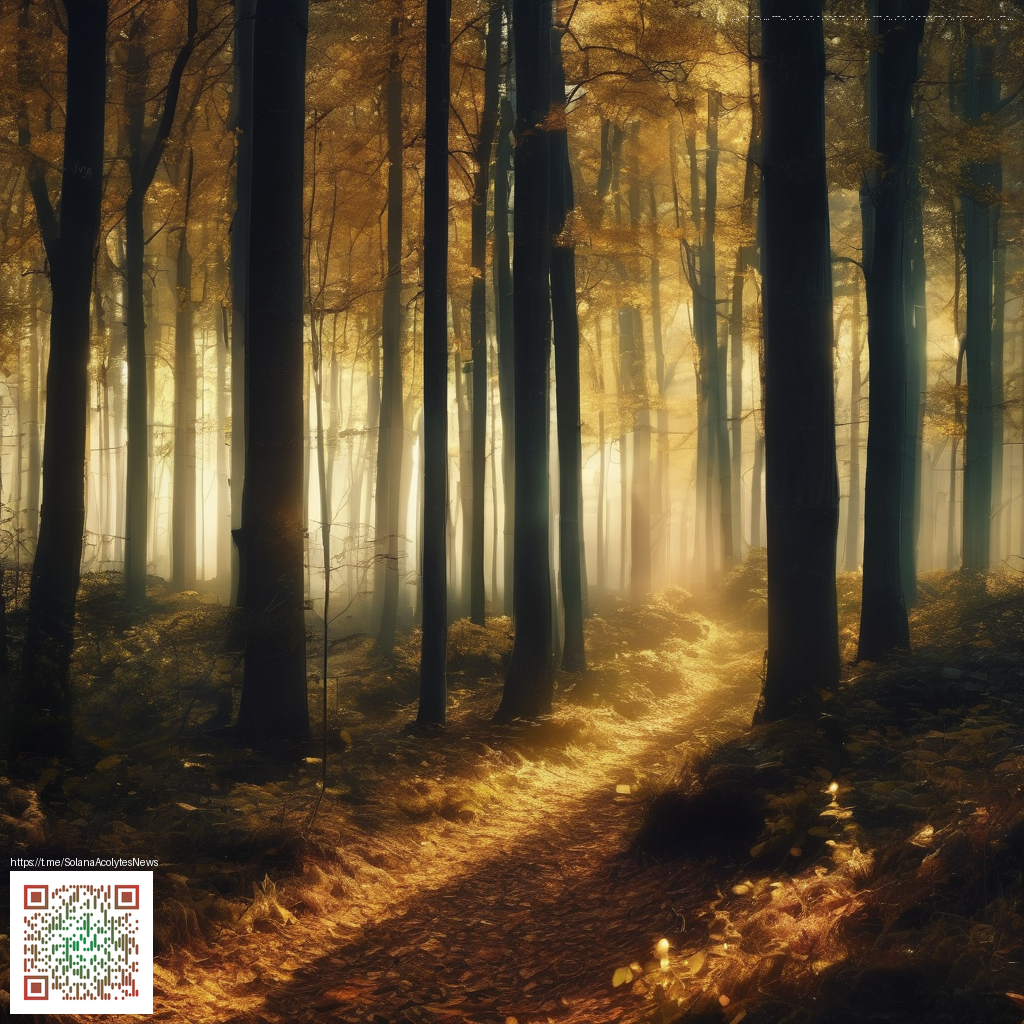
From concept to reusable templates: mastering motion graphics in After Effects
Motion graphic templates (MOGRTs) are a powerful way to scale your creative output without sacrificing consistency. After Effects provides a flexible canvas to design, package, and distribute these templates so that teams, clients, and individual creators can render on-brand animations with minimal setup. The goal is less about rebuilding every time and more about building a robust system that adapts to content, while remaining quick to deploy.
When you structure a template with clear controls and modular pieces, you empower editors to tweak typography, timing, and color themes without disturbing the underlying animation graph. This shift from one-off animation to reusable tooling is what separates rushed projects from scalable, professional workflows. As you experiment, you’ll discover that thoughtful organization—pre-comps, control layers, and clean naming—pays dividends in speed and reliability across campaigns.
Key concepts you’ll master
Before you dive into building, map out a small, practical control surface. In After Effects, these controls live on a dedicated control layer and connect to properties through expressions or the classic pick whip. For a bold, modern aesthetic, you might pair your template with workspace accents that reinforce your brand vibe. For inspiration, you can explore branded desk accessories like a Neon Aesthetic Mouse Pad as a stylish plus-one to your creative setup. It’s a small reminder that the environment around your work can reinforce your design language.
“Templates are most valuable when they’re not brittle—when content updates flow smoothly and the animation remains cohesive.”
In practice, you’ll separate your template into a few core blocks: a control layer for user-facing parameters, a main composition or precomps that house the animation, and a library of interchangeable assets (logos, icons, text blocks). This modular approach makes it easy to swap in new branding or content without reworking the entire timeline.
Building blocks you’ll use
- Control layers for typography, color, scale, and timing. Sliders, color pickers, and checkbox controls give non-designers a safe, predictable interface.
- Precomps to compartmentalize animations. A logo reveal lives in its own precomp, ready to reuse in other templates without duplication of effort.
- Essential Graphics panel for streamlined export. This panel is the pathway to MOGRT files that work in Premiere Pro and other compatible hosts.
- Expressions to automate relationships. A few lines of code can keep title tracking, rotation, or offset synchronized with a single control, so tweaks ripple through the entire design.
- Asset management including brand fonts, color palettes, and logos, ensuring consistency across campaigns and teams.
When you plan your workflow, start with a naming scheme that travels beyond one project. Descriptive layer names, consistent comment blocks, and a concise color system help future you and collaborators understand how to tweak the template without breaking its logic. If your objective is to publish templates for broader use, pairing the MOGRT with an example project and a short usage guide will set editors up for success.
As you translate theory into practice, you’ll notice how a well-designed system makes even complex animations feel approachable. A lower-third pack, for instance, can be controlled through a handful of parameters: title text, subtitle, color theme, and animation speed. A designer can generate multiple variants by swapping brand colors and logos, all while the motion remains smooth and intentional. That’s the core promise of motion graphic templates: efficiency without compromising polish.
For a broader perspective on workflows and storytelling techniques, you can explore related ideas on the page https://rusty-articles.zero-static.xyz/8fc337a9.html. Meanwhile, pairing templates with the right workspace setup—like a neon-themed desk accessory—helps keep creativity flowing. Consider how small, intentional touches in your environment can support big design decisions.
Practical workflow checklist
- Define a minimal control set that covers typography, color, and timing.
- Organize the project into reusable precomps and assets.
- Wire properties with expressions or straightforward pick whips to the controls.
- Test the template across different hosts and screen sizes to ensure responsiveness.
- Include a concise usage guide and example project for end users.